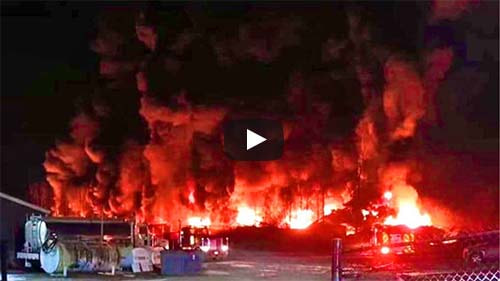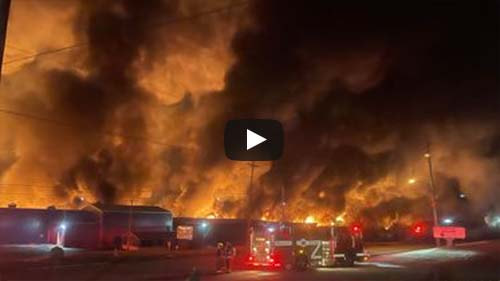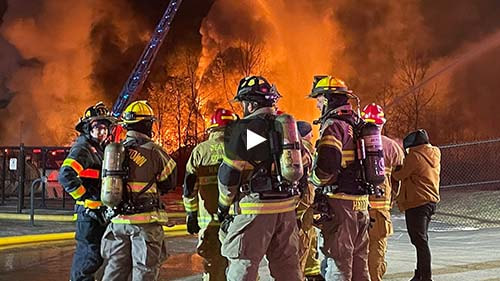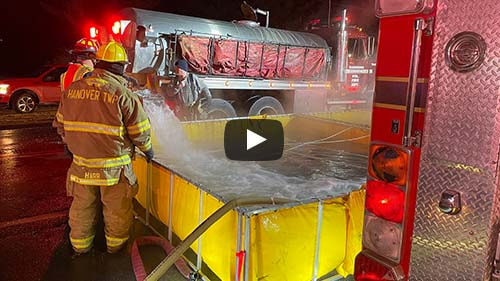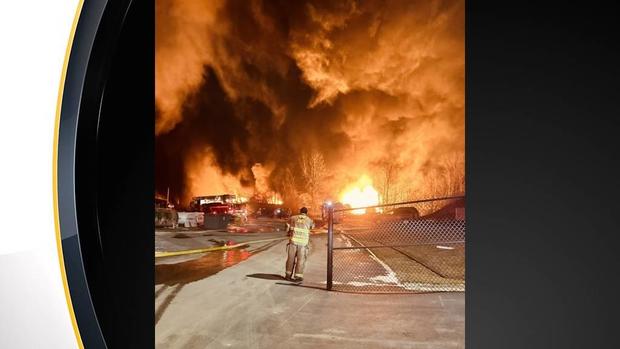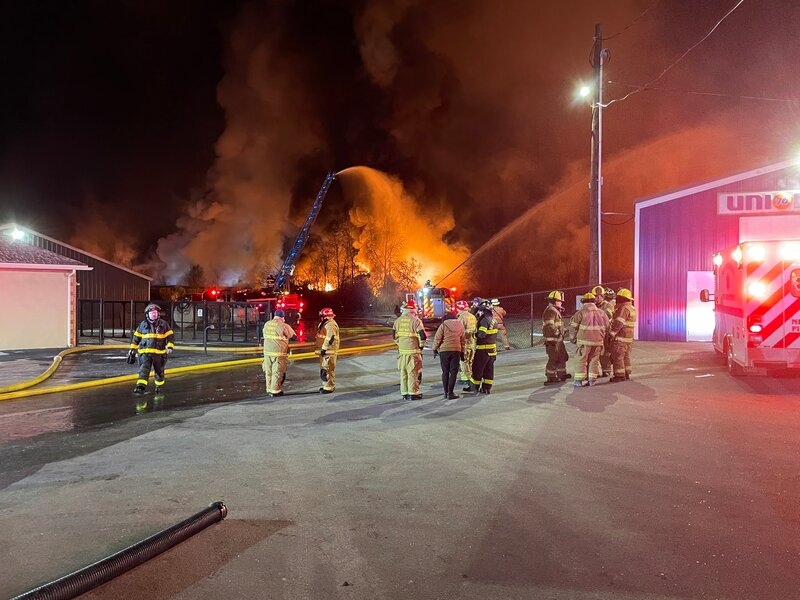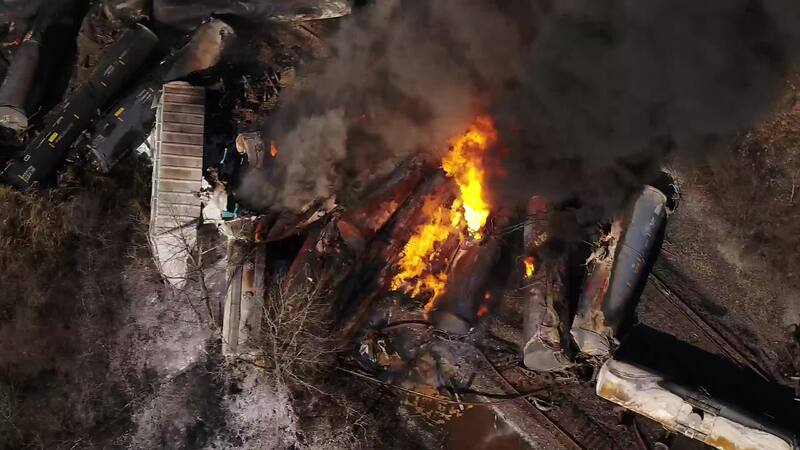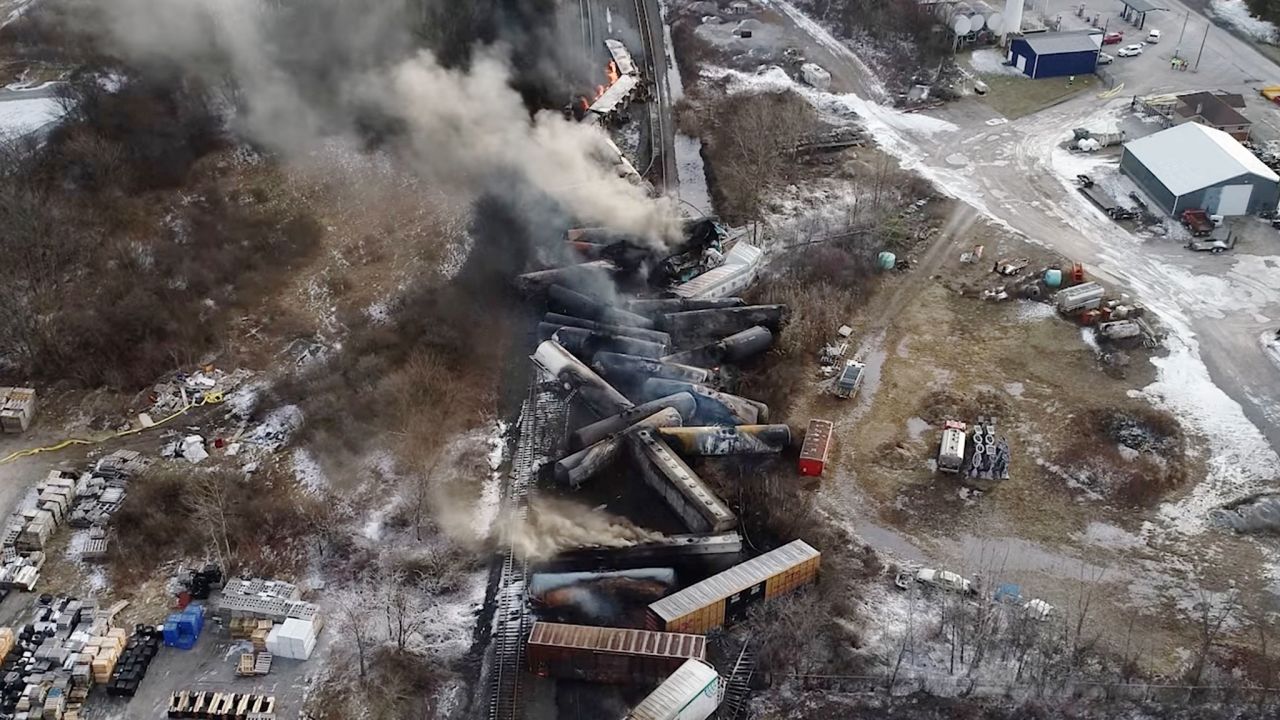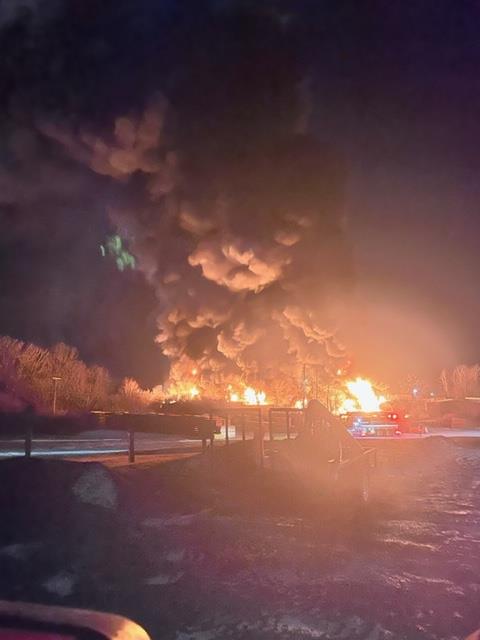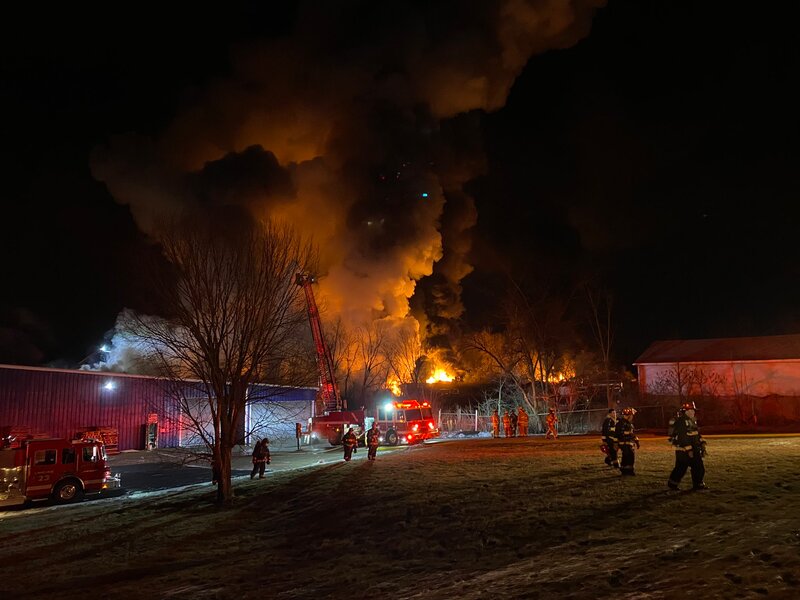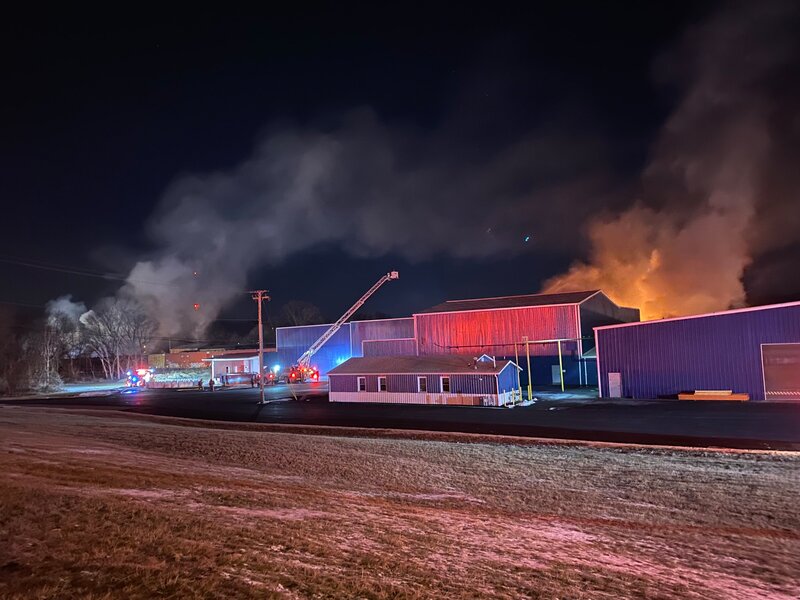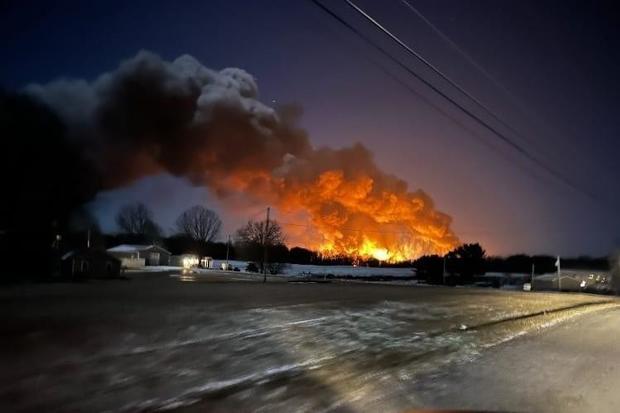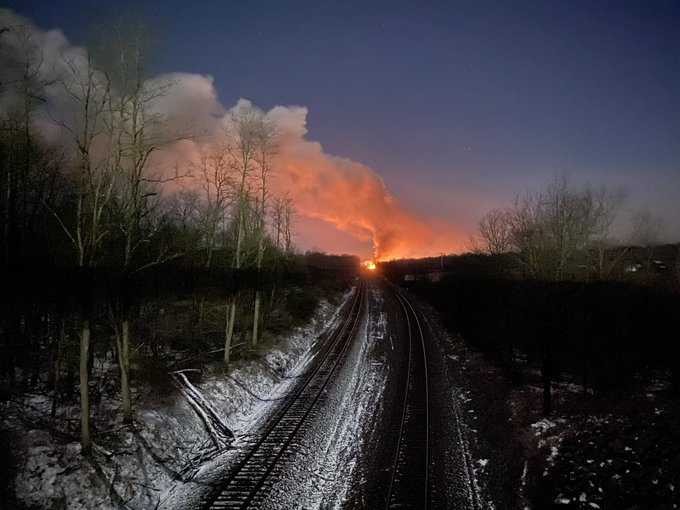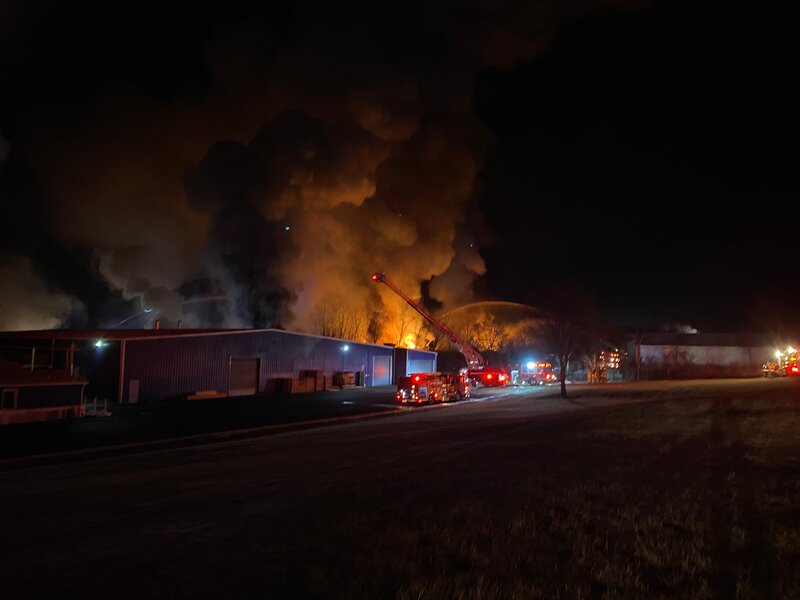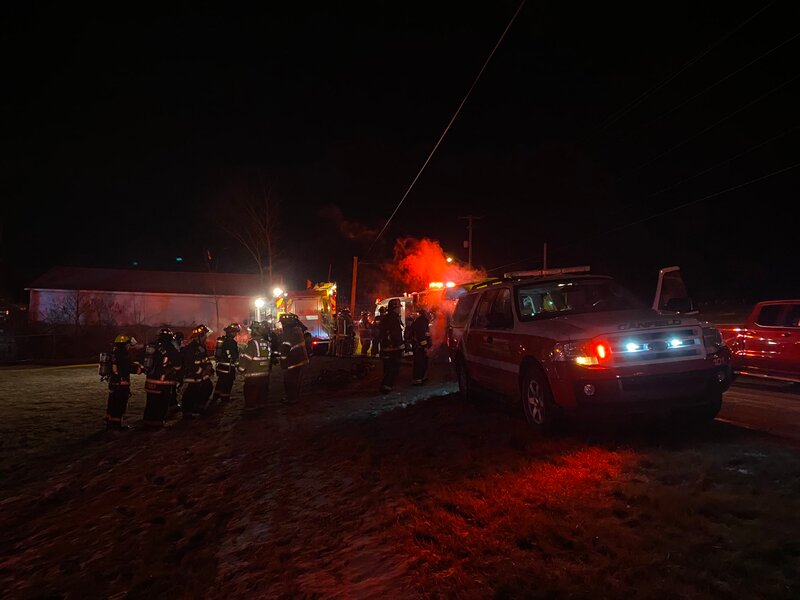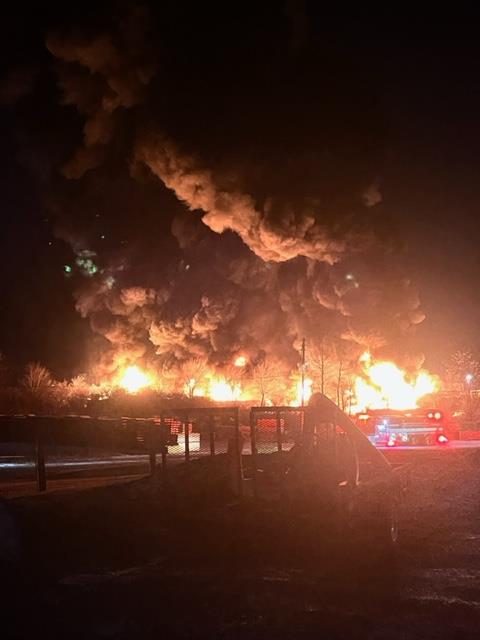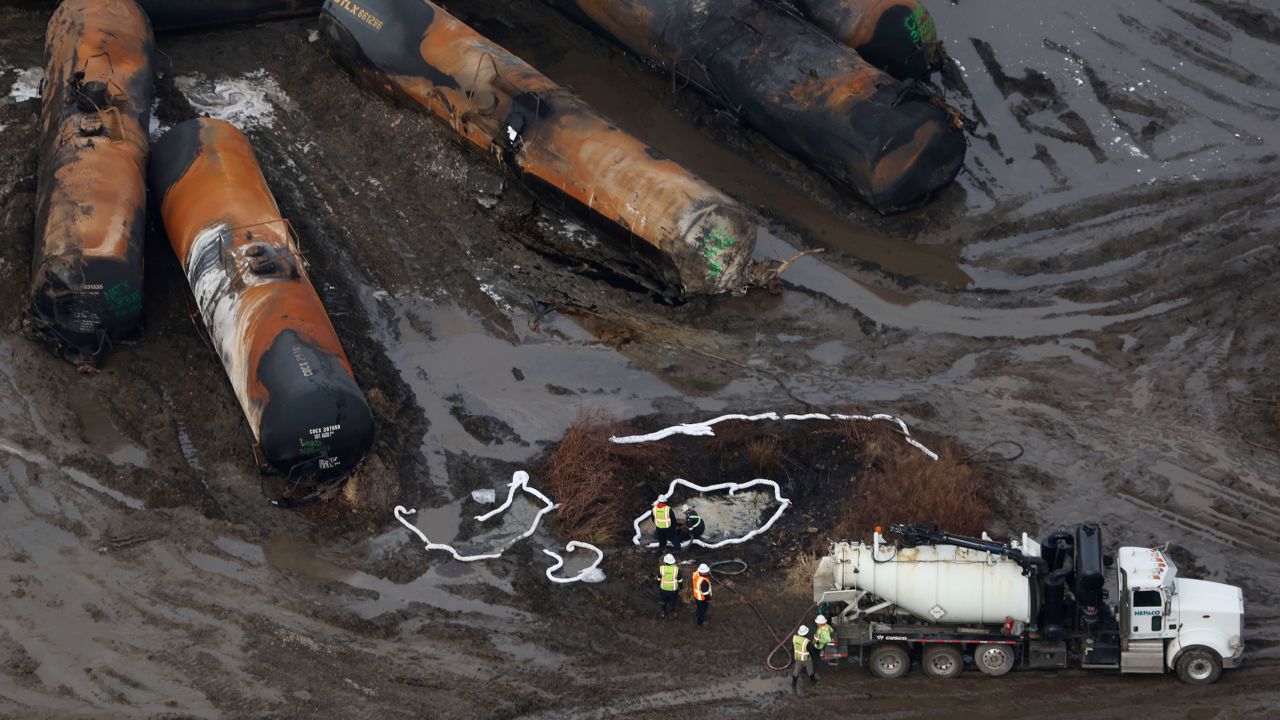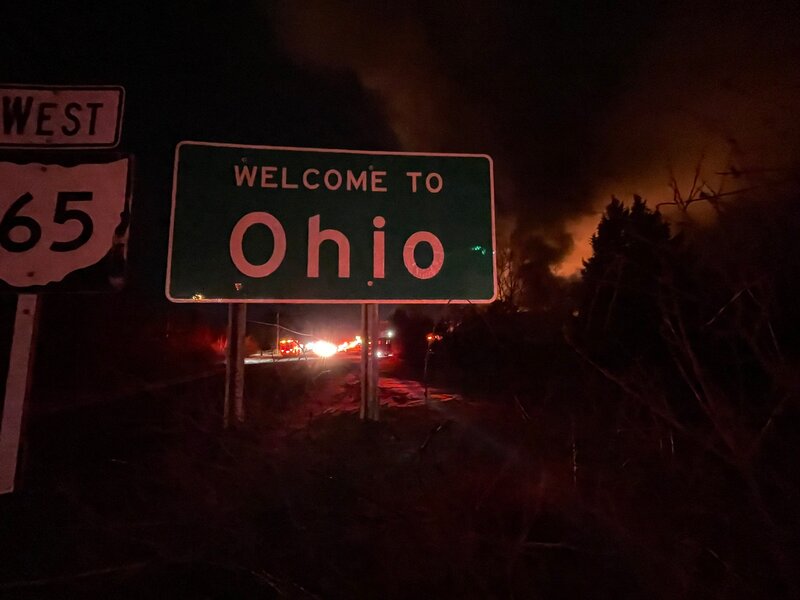- Home
- Magazines
-
Newsletters
- 19 July 2024
- 12 July 2024
- 5 July 2024
- 28 June 2024
- 14 June 2024
- 7 June 2024
- 31 May 2024
- 24 May 2024
- 17 May 2024
- 10 May 2024
- 3 May 2024
- 26 April 2024
- 19 April 2024
- 12 April 2024
- 22 March 2024
- 15 March 2024
- 8 March 2024
- 1 March 2024
- 23 February 2024
- 16 February 2024
- 9 February 2024
- 26 January 2024
- 19 January 2024
- 12 January 2024
- 22 December 2023
- 1 December 2023
- 24 November 2023
- 10 November 2023
- 3 November 2023
- 27 October 2023
- 20 October 2023
- 13 October 2023
- 6 October 2023
- 29 September 2023
- 22 September 2023
- 15 September 2023
- 8 September 2023
- 25 August 2023
- 18 August 2023
- 11 August 2023
- 4 August 2023
- 28 July 2023
- 21 July 2023
- 14 July 2023
- 7 July 2023
- 30 June 2023
- 23 June 2023
- 15 June 2023
- 2 June 2023
- 26 May 2023
- 19 May 2023
- 12 May 2023
- 5 May 2023
- 28 April 2023
- 21 April 2023
- 14 April 2023
- 6 April 2023
- 31 March 2023
- 24 March 2023
- 17 March 2023
- 10 March 2023
- 3 March 2023
- 24 February 2023
- 17 February 2023
- 10 February 2023
- 3 February 2023
- 27 January 2023
- 13 January 2023
- 22 December 2022
- 15 December 2022
- 9 December 2022
- 2 December 2022
- 25 November 2022
- 18 November 2022
- 11 November 2022
- 4 November 2022
- Advertising
- Subscribe
- Articles
-
Galleries
- AOSH Firexpo 2024
- Midvaal Fit to Fight Fire 2024
- WoF KNP 2023 Gallery
- TFA 2023 Gallery
- DMISA Conference 2023
- ETS 2023 Gallery
- Drager Fire Combat and Rescue Challenge 2023
- AOSH Firexpo 2023
- Midvaal Fit to Fight Fire
- WC IFFD 2023
- NMU 13th Fire Management Symposium 2022
- JOIFF Africa Conference 2022
- ETS 2022 Gallery
- TFA 2022 Gallery
- IFFD 2018
- SAESI
- TFA
- WRC 2018
- WRC 2019
- A-OSH/Securex
- IFE AGM 2019
- ETS Ind Fire Comp Nov 2019
- ETS Challenge 2021
- Drager launch
- Drager Fire Combat and Rescue Challenge 2022
- TFA
- Contact
- Home
- Magazines
-
Newsletters
- 19 July 2024
- 12 July 2024
- 5 July 2024
- 28 June 2024
- 14 June 2024
- 7 June 2024
- 31 May 2024
- 24 May 2024
- 17 May 2024
- 10 May 2024
- 3 May 2024
- 26 April 2024
- 19 April 2024
- 12 April 2024
- 22 March 2024
- 15 March 2024
- 8 March 2024
- 1 March 2024
- 23 February 2024
- 16 February 2024
- 9 February 2024
- 26 January 2024
- 19 January 2024
- 12 January 2024
- 22 December 2023
- 1 December 2023
- 24 November 2023
- 10 November 2023
- 3 November 2023
- 27 October 2023
- 20 October 2023
- 13 October 2023
- 6 October 2023
- 29 September 2023
- 22 September 2023
- 15 September 2023
- 8 September 2023
- 25 August 2023
- 18 August 2023
- 11 August 2023
- 4 August 2023
- 28 July 2023
- 21 July 2023
- 14 July 2023
- 7 July 2023
- 30 June 2023
- 23 June 2023
- 15 June 2023
- 2 June 2023
- 26 May 2023
- 19 May 2023
- 12 May 2023
- 5 May 2023
- 28 April 2023
- 21 April 2023
- 14 April 2023
- 6 April 2023
- 31 March 2023
- 24 March 2023
- 17 March 2023
- 10 March 2023
- 3 March 2023
- 24 February 2023
- 17 February 2023
- 10 February 2023
- 3 February 2023
- 27 January 2023
- 13 January 2023
- 22 December 2022
- 15 December 2022
- 9 December 2022
- 2 December 2022
- 25 November 2022
- 18 November 2022
- 11 November 2022
- 4 November 2022
- Advertising
- Subscribe
- Articles
-
Galleries
- AOSH Firexpo 2024
- Midvaal Fit to Fight Fire 2024
- WoF KNP 2023 Gallery
- TFA 2023 Gallery
- DMISA Conference 2023
- ETS 2023 Gallery
- Drager Fire Combat and Rescue Challenge 2023
- AOSH Firexpo 2023
- Midvaal Fit to Fight Fire
- WC IFFD 2023
- NMU 13th Fire Management Symposium 2022
- JOIFF Africa Conference 2022
- ETS 2022 Gallery
- TFA 2022 Gallery
- IFFD 2018
- SAESI
- TFA
- WRC 2018
- WRC 2019
- A-OSH/Securex
- IFE AGM 2019
- ETS Ind Fire Comp Nov 2019
- ETS Challenge 2021
- Drager launch
- Drager Fire Combat and Rescue Challenge 2022
- TFA
- Contact
|
17 February 2023
|
50-car train carrying various hazardous chemicals derails, causes major fire, evacuations in Ohio, US
|
|
|
A freight train derailment in Ohio near the Pennsylvania state line left a mangled and charred mass of boxcars and flames as authorities launched a federal investigation and monitored air quality from the various hazardous chemicals in the train. Around 20h55 local time on Friday, 3 February 2023, approximately 50 cars derailed in East Palestine, a village near the Ohio-Pennsylvania border with a population of 4 800. Out of the 141 cars on the train, 20 were carrying hazardous materials, with 14 of them carrying vinyl chloride, an organochloride. Other chemicals present included butyl acrylate, ethylhexyl acrylate, ethylene glycol monobutyl ether, isobutylene, combustible liquids and benzene residue. Fire Chief Keith Drabick said officials were most concerned about the vinyl chloride.
Vinyl chloride, used to make the polyvinyl chloride hard plastic resin used in a variety of plastic products, is associated with increased risk of liver cancer and other cancers, according to the federal government’s National Cancer Institute.
Fire fighters were pulled from the immediate area and unmanned streams were used to protect some areas including businesses that might also have contained materials of concern, officials said. Freezing temperatures in the single digits complicated the response as trucks pumping water froze, Mayor Trent Conaway said.
The derailed train was a Norfolk Southern freight train, which consisted of three locomotives, nine empty cars and 141 loaded cars travelling from Madison in Illinois to Conway in Pennsylvania.
Nearly 70 emergency agencies from Ohio, West Virginia and Pennsylvania mobilised in response. East Palestine Mayor Trent Conaway declared a state of emergency.
Norfolk Southern personnel were first to respond on 3 February 20233. On 4 February 2023, they noticed water spillage into Sulphur Run and Leslie Run and installed booms and underflow dams to separate the floating pollutant. The United States Environmental Protection Agency (EPA) began monitoring air quality on 3 February 2023. According to the US EPA, humans can smell butyl acrylate at a concentration lower than the screening level.
On 5 February 2023, due to a temperature change in one of the train cars, fears of an explosion with the potential of dispersing deadly shrapnel rose as the fires continued to burn. Ohio Governor Mike DeWine ordered the mandatory evacuation of all residents within a one-mile radius and activated the Ohio National Guard to assist local authorities. DeWine said, "This is a matter of life and death." Pennsylvania Governor Josh Shapiro ordered an evacuation in areas of Beaver County, which bordered the site. Officials in both states went door-to-door to evacuate residents. The fire from the accident burned until 5 February 2023.
On 6 February 2023, in an effort to prevent further explosions, Norfolk Southern emergency crews conducted a controlled release and burn of five tanks of vinyl chloride into the air. The burn caused black clouds to form above the area and released phosgene and hydrogen chloride into the air. Although officials reported that air quality readings were not showing anything concerning, residents in nearby Mahoning and Trumbull counties reported a chemical smell in their areas. Officials in the Youngstown region advised residents to stay indoors. Air monitoring conducted on 7 to 8 February 2023 revealed an increase in volatile organic compounds (VOCs) in the air below the screening level and an increase in particulate matter, probably from the soot.
On 8 February 2023, state and federal EPA workers noticed oily spillage on the soil and notified Norfolk Southern, which began removing it with a vacuum truck.
The evacuation was lifted on 9 February 2023 after the US EPA reported that the air inside and outside the evacuation zone had returned to normal levels. Although toxins were detected at the derailment site, they were not detected outside the area. The Ohio EPA also reported that drinking water (sourced from different waterways) was safe. In a testing report from 8 February 2023, the Ohio EPA showed WKBN that vinyl chloride, benzene, some chlorinated organic compounds and other VOCs were not detected in the water.
Since 9 February 2023, the US EPA had been assisting Norfolk Southern and the Columbiana Emergency Management Agency with indoor air testing.
Environmental consequences and potential health hazards
The Ohio Department of Natural Resources said the chemical spill killed an estimated 3 500 small fish across 7,5 miles of streams as of 8 February 2023. Reports circulated of sick children and ill or dead pets and wild animals. Material from the crash was observed in storm drains and detected in samples from Sulphur Run, Leslie Run, Bull Creek, North Fork Little Beaver Creek, Little Beaver Creek and the Ohio River. An oily product was seen seeping into the soil and emergency response staff are assessing potential impacts on aquatic life.
Neil Donahue, a chemistry professor at Carnegie Mellon University, expressed concern about the potential production of dioxins during the burning of vinyl chloride, while Lynn Goldman, dean of the Milken Institute School of Public Health, worried more about residual vinyl chloride. Gaseous pollutants dissipate quickly in the air but dioxins are persistent.
About 48 hours later, the National Transportation Safety Board released preliminary findings indicating that the derailment was caused by a mechanical issue on one of the railcars' trucks, which may be connected to reports that an axle was observed throwing sparks about an hour before.
Electronically Controlled Pneumatic (ECP) brakes
In 2014, the US Congress passed the Rail Safety Improvement Act which required ECP brakes for "high-hazard flammable" trains. The accident train was not equipped with ECP brakes, which a former Federal Railroad Administration official claimed would have mitigated the severity of the accident. In 2017, railway industries successfully lobbied Congress with over $6 million and over $3 million in GOP and Democrat campaigns, respectively, to repeal the regulations requiring the use of such brakes on trains carrying hazardous materials.
However, despite the scale of the accident in East Palestine, the accident train did not meet the qualifications of a "high-hazard flammable" train and therefore wasn't affected by the 2014 legislation or its 2017 repeal.
Public reactions
The train derailment reignited a national discussion about industry working conditions and safety concerns, such as the lack of modern brake safety regulations, the implementation of precision scheduled railroading (PSR), reduced railway workers per train and increased train lengths and weight. Critics have pointed out that train companies have failed to invest in train maintenance to prevent accidents, even though they conduct stock buybacks.
What are the possible long-term impacts?
In addition to the chemicals officials say should break down with aeration and water treatment, environmental officials also need to test for PFAS, a long-lasting and potentially more worrying class of chemicals used to put out chemical fires.
PFAS is typically found on non-stick pans and in some fire fighting foams. EPA officials said Tuesday they had not yet tested the water for PFAS but would start working on it.
Whereas other chemicals can break down with exposure to sunlight, air and water, “PFAS don’t break down naturally,” Kimberly Garrett, a researcher and PFAS expert at Northeastern University, said. The chemicals have also been linked to higher levels of some cancers. “PFAS migrating downstream would be my biggest concern,” Garrett added.
Sources: Associated Press, WKBN, The Washington Post, Reuters
Vinyl chloride, used to make the polyvinyl chloride hard plastic resin used in a variety of plastic products, is associated with increased risk of liver cancer and other cancers, according to the federal government’s National Cancer Institute.
Fire fighters were pulled from the immediate area and unmanned streams were used to protect some areas including businesses that might also have contained materials of concern, officials said. Freezing temperatures in the single digits complicated the response as trucks pumping water froze, Mayor Trent Conaway said.
The derailed train was a Norfolk Southern freight train, which consisted of three locomotives, nine empty cars and 141 loaded cars travelling from Madison in Illinois to Conway in Pennsylvania.
Nearly 70 emergency agencies from Ohio, West Virginia and Pennsylvania mobilised in response. East Palestine Mayor Trent Conaway declared a state of emergency.
Norfolk Southern personnel were first to respond on 3 February 20233. On 4 February 2023, they noticed water spillage into Sulphur Run and Leslie Run and installed booms and underflow dams to separate the floating pollutant. The United States Environmental Protection Agency (EPA) began monitoring air quality on 3 February 2023. According to the US EPA, humans can smell butyl acrylate at a concentration lower than the screening level.
On 5 February 2023, due to a temperature change in one of the train cars, fears of an explosion with the potential of dispersing deadly shrapnel rose as the fires continued to burn. Ohio Governor Mike DeWine ordered the mandatory evacuation of all residents within a one-mile radius and activated the Ohio National Guard to assist local authorities. DeWine said, "This is a matter of life and death." Pennsylvania Governor Josh Shapiro ordered an evacuation in areas of Beaver County, which bordered the site. Officials in both states went door-to-door to evacuate residents. The fire from the accident burned until 5 February 2023.
On 6 February 2023, in an effort to prevent further explosions, Norfolk Southern emergency crews conducted a controlled release and burn of five tanks of vinyl chloride into the air. The burn caused black clouds to form above the area and released phosgene and hydrogen chloride into the air. Although officials reported that air quality readings were not showing anything concerning, residents in nearby Mahoning and Trumbull counties reported a chemical smell in their areas. Officials in the Youngstown region advised residents to stay indoors. Air monitoring conducted on 7 to 8 February 2023 revealed an increase in volatile organic compounds (VOCs) in the air below the screening level and an increase in particulate matter, probably from the soot.
On 8 February 2023, state and federal EPA workers noticed oily spillage on the soil and notified Norfolk Southern, which began removing it with a vacuum truck.
The evacuation was lifted on 9 February 2023 after the US EPA reported that the air inside and outside the evacuation zone had returned to normal levels. Although toxins were detected at the derailment site, they were not detected outside the area. The Ohio EPA also reported that drinking water (sourced from different waterways) was safe. In a testing report from 8 February 2023, the Ohio EPA showed WKBN that vinyl chloride, benzene, some chlorinated organic compounds and other VOCs were not detected in the water.
Since 9 February 2023, the US EPA had been assisting Norfolk Southern and the Columbiana Emergency Management Agency with indoor air testing.
Environmental consequences and potential health hazards
The Ohio Department of Natural Resources said the chemical spill killed an estimated 3 500 small fish across 7,5 miles of streams as of 8 February 2023. Reports circulated of sick children and ill or dead pets and wild animals. Material from the crash was observed in storm drains and detected in samples from Sulphur Run, Leslie Run, Bull Creek, North Fork Little Beaver Creek, Little Beaver Creek and the Ohio River. An oily product was seen seeping into the soil and emergency response staff are assessing potential impacts on aquatic life.
Neil Donahue, a chemistry professor at Carnegie Mellon University, expressed concern about the potential production of dioxins during the burning of vinyl chloride, while Lynn Goldman, dean of the Milken Institute School of Public Health, worried more about residual vinyl chloride. Gaseous pollutants dissipate quickly in the air but dioxins are persistent.
About 48 hours later, the National Transportation Safety Board released preliminary findings indicating that the derailment was caused by a mechanical issue on one of the railcars' trucks, which may be connected to reports that an axle was observed throwing sparks about an hour before.
Electronically Controlled Pneumatic (ECP) brakes
In 2014, the US Congress passed the Rail Safety Improvement Act which required ECP brakes for "high-hazard flammable" trains. The accident train was not equipped with ECP brakes, which a former Federal Railroad Administration official claimed would have mitigated the severity of the accident. In 2017, railway industries successfully lobbied Congress with over $6 million and over $3 million in GOP and Democrat campaigns, respectively, to repeal the regulations requiring the use of such brakes on trains carrying hazardous materials.
However, despite the scale of the accident in East Palestine, the accident train did not meet the qualifications of a "high-hazard flammable" train and therefore wasn't affected by the 2014 legislation or its 2017 repeal.
Public reactions
The train derailment reignited a national discussion about industry working conditions and safety concerns, such as the lack of modern brake safety regulations, the implementation of precision scheduled railroading (PSR), reduced railway workers per train and increased train lengths and weight. Critics have pointed out that train companies have failed to invest in train maintenance to prevent accidents, even though they conduct stock buybacks.
What are the possible long-term impacts?
In addition to the chemicals officials say should break down with aeration and water treatment, environmental officials also need to test for PFAS, a long-lasting and potentially more worrying class of chemicals used to put out chemical fires.
PFAS is typically found on non-stick pans and in some fire fighting foams. EPA officials said Tuesday they had not yet tested the water for PFAS but would start working on it.
Whereas other chemicals can break down with exposure to sunlight, air and water, “PFAS don’t break down naturally,” Kimberly Garrett, a researcher and PFAS expert at Northeastern University, said. The chemicals have also been linked to higher levels of some cancers. “PFAS migrating downstream would be my biggest concern,” Garrett added.
Sources: Associated Press, WKBN, The Washington Post, Reuters
Quick navigation
Social
|
Who are we?FRI Media (Pty) Ltd is an independent publisher of technical magazines including the well-read and respected Fire and Rescue International, its weekly FRI Newsletter and the Disaster Management Journal. We also offer a complete marketing and publishing package, which include design, printing and corporate wear and gifts. |
Weekly FRI Newsletter |
© Copyright 2018 Fire and Rescue International. All Rights Reserved.





